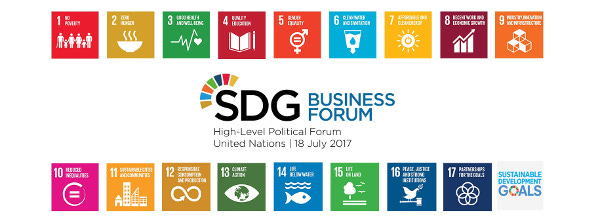A review of sustainable energy access and technologies for healthcare facilities in the Global South
Sustainable Energy Technologies and Assessments, Volume 22, August 2017
Access to reliable, affordable and sustainable energy is essential for improving living standards, development and economic growth. From a healthcare perspective, energy is a critical parameter for delivering and improving healthcare services and life-saving interventions in the Global South. This review provides an estimation of the energy needs of different healthcare facilities as a function of patient capacity and services provided. It also presents the strengths and limitations of several energy sources that can be used to meet these needs.


